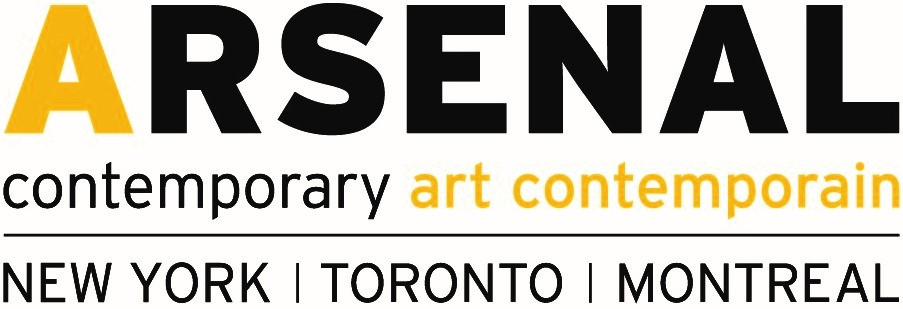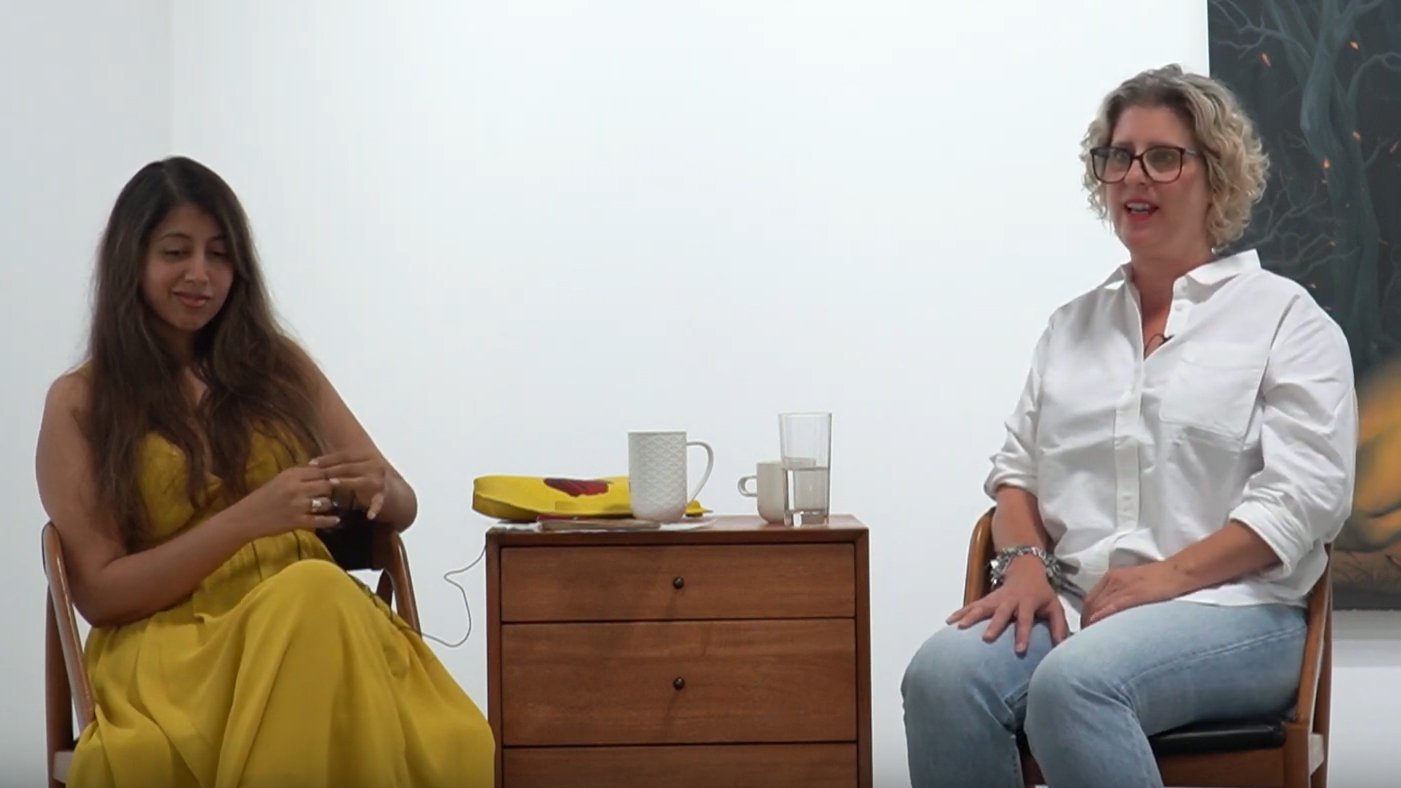In Conversation: Julie Favreau
INTERVIEW
BY ANNA KOVLER
Published Jan 4, 2019
Julie Favreau is known for mixing mediums to create immersive environments that heighten the viewers’ attention to touch. Using choreography, performance, video, photography and sculpture, she creates semi-familiar worlds where the mundane collides with the mysterious. Her work frequently features a single performer interacting with an object but has expanded in recent years to include multiple performers and CGI effects.
Themes of sensuality, the body, and projections for the future characterize her recent project Will Deliquesce (2018), whose title references the scientific term “deliquesce,” which means to dissolve gradually into liquid by absorbing moisture from the air. Such concepts of porousness, changes of state, and vulnerability inform Favreau’s practice. Her newest project includes research into the future of the human body as it becomes increasingly intertwined with technology. I spoke with Julie about her working process and inspirations.
Anna Kovler: Your films are very sensual; can you talk about that?
Julie Favreau: In about 2016, I woke up one morning thinking: what would happen if I tried to make an erotic movie? Then I made Délicat Pulse. Firstly, I think it’s important to differentiate between porn and Eros because they are different. I try to explore the senses, and to express intimacy and connection. The plot of my last film, Will Deliquesce, involves five people in a trance. It’s set in the near future and they are performing all these gestures of connection with one another with these devices that could be organs, prosthetic devices, or even advanced communication devices. These objects are archetypal. We know that in the future we will have objects attached to us that will change our biometrics and our communication. In the film it’s as though the group of people can make the object fly using the force of their connection.
I think it’s possible to film in a sensual way that is somehow erotic. I’ve been told that when my work is played on a large screen that it can be too much, because it’s too sensual. It can trigger a very haptic response.
AK: I am curious about the moments when you hold custom-made glass up against the camera lens, what inspired that?
JF: The first time it occurred to me I was in Scotland shooting my film She Century. I wanted the character to dissolve into shadows and colors and I held these colored gels between the camera and the character. To me it was speaking about the history of cinema and at the same time quantum physics, where at the lower levels all kinds of divisions dissolve into pure material. I was reading Chris Kraus and Virginia Woolf at the time, and actualizing a form around feminism. I was also in the birthplace of the Arts and Crafts movement, which was the first instance of women making installation art.
AK: In a recent essay Hito Steyerl mentions a phenomenon of free fall in an aircraft where pilots report a sense of confusion between their body and the airplane. She suggests in that moment the pilot feels like an object, and the object like a person. Do you think it’s possible for an object to feel like it’s a person?
JF: I think so yes. I’ve been interested in animism for a long time. It was behind my work for the Québec Triennial in 2011, and I made a work in 2009 where there is confusion between whether the characters are influenced by the room they are in, or if it’s the other way around.
Right now I’m at the beginning of a new project. I’m making new sculptures, and how I start is usually by making these figures in polymer clay and then based on their character I think about how they will be choreographed with the dancers. The human who will move it comes second, so in a way the object has a life and influences what happens next.
AK: What are you working on now?
JF: Currently I am doing research with a team that includes AI researchers and a bio-philosopher to evaluate the future of the body. I think that in the near future when we see a person walking in the street, that person will have an object interacting with them, perhaps flying beside them. We don’t know yet what shape it will take, but it’s coming and it will definitely change society. There will also be mystery around whether these objects are being animated with the power of that person’s mind.
I’m working on a feature film that is built in chapters. I usually start with a basic theme, and this time I am seeing a body near a forest and the movement of the camera is almost like a dive inside. It’s as though there is a gel or magma between you and the world and you open a slit and look inside. When I choreograph it’s not just aimed at the dancers but also at myself, and the movement of the camera.
In this film spirituality, the psyche and all these powers will come together. I think as a society we are shy to admit how powerful eroticism is, but the connection between two bodies is one of the most powerful forces, and traditionally recognized to provide access to altered states of being without any drugs. So what I am trying to do in my work is to think of ways to make people more present and connected to one another.





